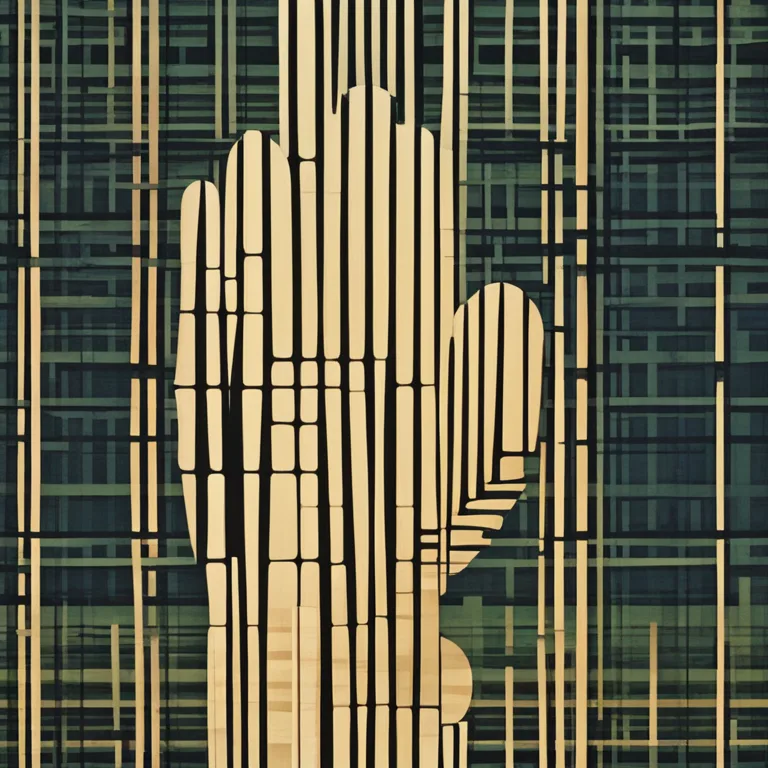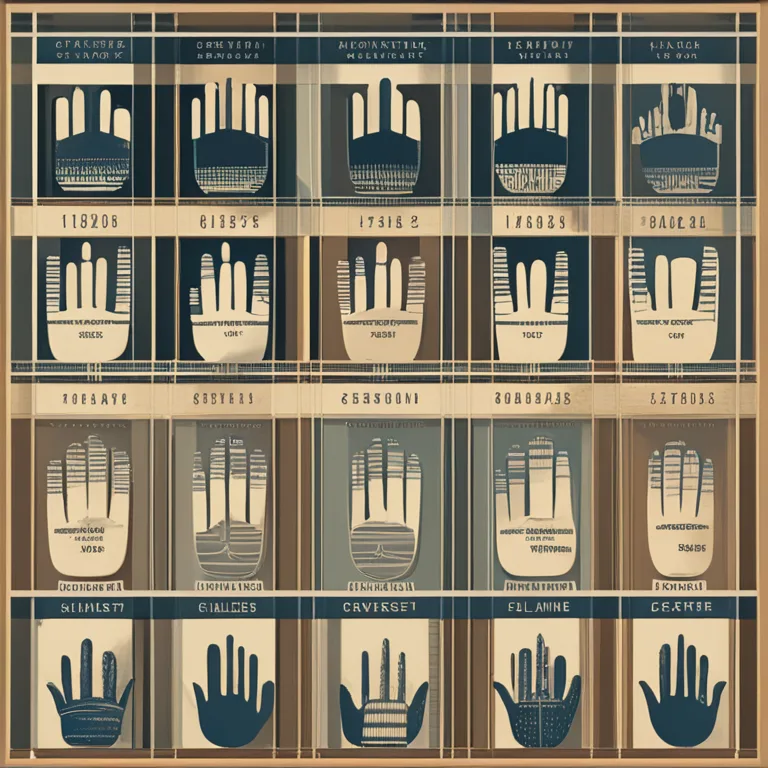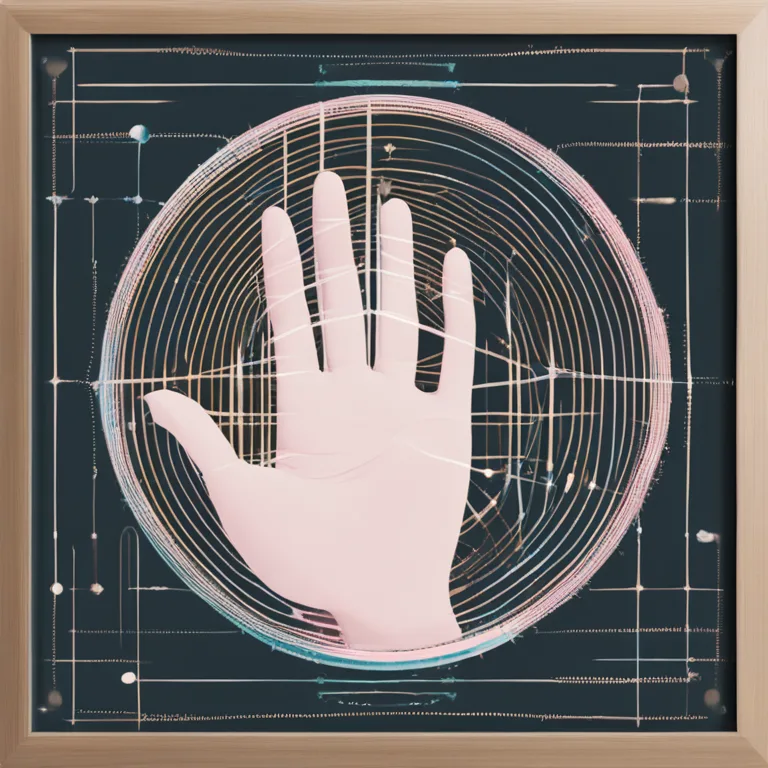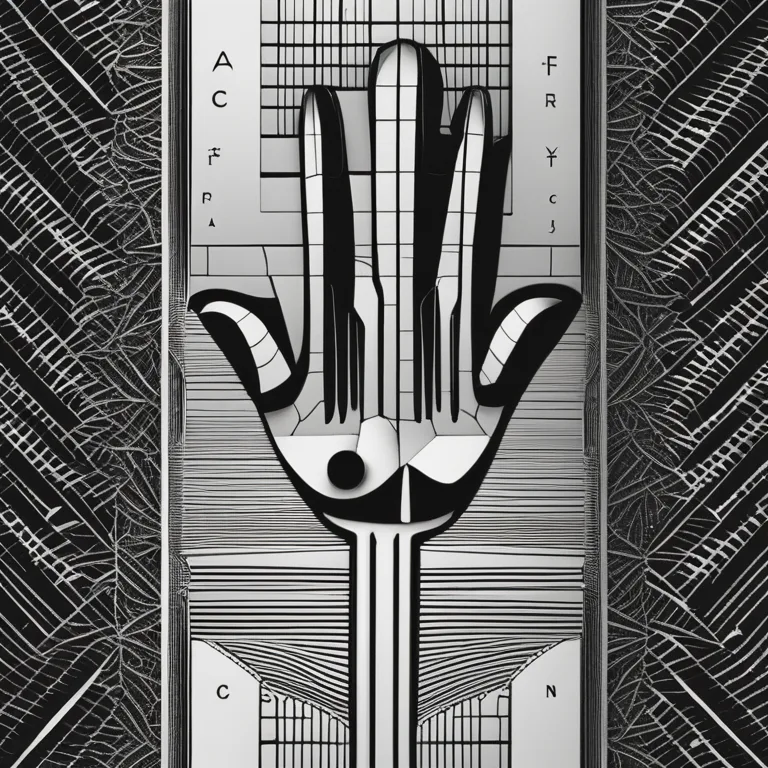
Palm Lines: Predicting Your Fertility Journey
Palmistry insights on fertility and childlines—discover what your hands reveal about potential parenthood and offspring in this detailed guide.
article by Nora Pennington
Palmistry and Parenthood
While palmistry, or chiromancy, is an ancient practice dating back thousands of years, it has found new life in the digital era. Enthusiasts and practitioners alike turn to the lines on one's palm to glean insights into various facets of life, including love, career, and health. Among these predictive lines are those believed to indicate the number of children one might have, commonly referred to as "baby lines" or "childlines." In traditional palmistry, these are fine vertical lines found just beneath the pinky finger, running along the edge of the palm.

Locating the Childlines
To begin interpreting your palm with respect to future offspring, examine the area on your palm known as the mount of Mercury. This mount lies at the base of the pinky and above the heart line. It's important to approach this with a grain of skepticism, as palmistry is not scientifically proven and should be regarded as a form of entertainment. That said, the childlines are typically small and faint, so it may take a careful eye to identify them clearly.

Interpreting Childlines
The commonly held belief in palmistry is that each line could represent a potential biological or adopted child. Traditional interpretations suggest a clear and straight line might indicate a strong and healthy child, while a fainter line may suggest a child less robust or significant life events related to fertility or offspring. With the growing complexities of family life in the 21st century, some modern palmists view these lines as symbolic, possibly reflecting different paths to parenthood, including adoption and step-parenting.

Gender and Childlines
There once was a time when palmists claimed they could discern the gender of future children by examining the childlines. A longer or deeper line was thought to signify a male child, while a shorter or finer line indicated a female child. In today's society, such binary interpretations are increasingly seen as outdated, and many practitioners focus instead on the qualities these lines may represent, not the gender.

Changes in Childlines Over Time
Unlike fingerprints, palm lines can change over time, possibly reflecting changes in one's life path, including parenthood. The dynamic nature of the hands reflects the belief that our futures are not fixed. As such, childlines might appear or become more prominent as one approaches a phase in life where children become a primary focus. This temporal aspect of palmistry reminds us to consider readings as snapshots of possibility rather than fixed predictions.
Limitations of Palmistry
It's crucial to acknowledge the limitations of palmistry. While it provides a fascinating glimpse into potential life paths and outcomes, it does not replace medical, psychological, or professional advice. Those seeking insights into fertility or family planning should consult qualified professionals. Palmistry should be enjoyed as a cultural curiosity and a tool for self-reflection rather than a definitive guide to one's reproductive journey.
Published: 1/3/2024
Modified: 1/3/2024
More predictions
Come back here soon to learn more about yourself and your future


The Palmistry Guide to Your Career Path
Discover how the lines on your palm can offer insights into your professional journey and potential for growth in your career.


The Lines of Learning: Palmistry's Education Marker
Discover the significance of the Education Line in palmistry and learn how it reflects one's intellectual pursuits and learning style.


The Mystery of Lineless Palms
Explore the rare phenomenon of palms without lines and what it might signify in palmistry traditions.